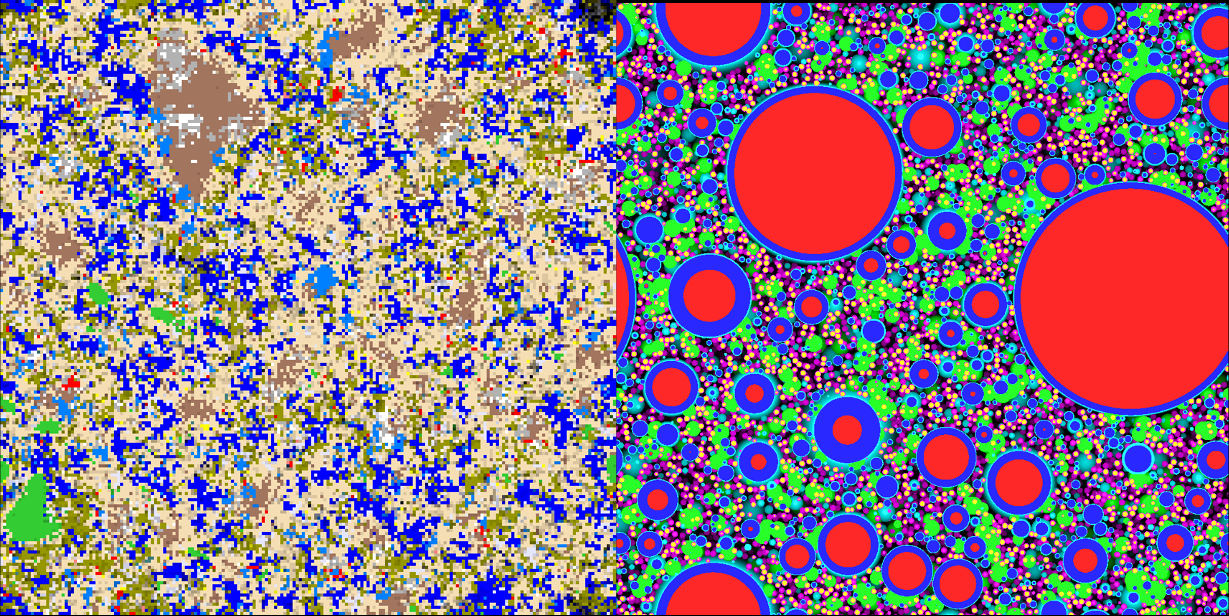Microstructure models of cement: their importance, utility, and current limitations
DOI:
https://doi.org/10.21809/rilemtechlett.2021.135Keywords:
cement, concrete, hydration, modelling, microstructureAbstract
Microstructure models seek to explain or predict various material properties in terms of the structure or chemical composition at scales of several hundred nanometres to several hundred micrometres. Such models therefore bridge the scaling gap between atomistic models and continuum methods, and consequently can help establish and validate scaling relations across those scales. Microstructure models have been applied to cementitious materials for at least four decades to help understand setting, strength development, rheological properties, mechanical behavior, and transport properties. This letter describes the current state of cement microstructure modelling in several areas that are important for engineering. It is not meant to be an exhaustive review, instead highlighting the kinds of models that can now be applied to different aspects of cement binder behaviour. Special attention is paid to challenges or limitations of each kind of model. This is done to promote the judicious use and interpretation of models and especially to indicate where future research could make inroads on problems that are currently inaccessible to microstructure models.

Downloads
Published
How to Cite
Issue
Section
License
Copyright (c) 2022 Shashank Bishnoi, Jeffrey W. Bullard

This work is licensed under a Creative Commons Attribution 4.0 International License.
Authors retain copyright of the articles published in RILEM Technical Letters and grant the journal the right of first publication with open access. The work is simultaneously licensed under Creative Commons Attribution 4.0 International License (CC BY 4.0) that allows others to share and adapt the work under the following terms: 1) a proper attribution is given in a form of bibliographic record with the DOI link directing to RILEM Technical Letters; 2) a link to the license is provided; 3) the changes (if any) are indicated.









